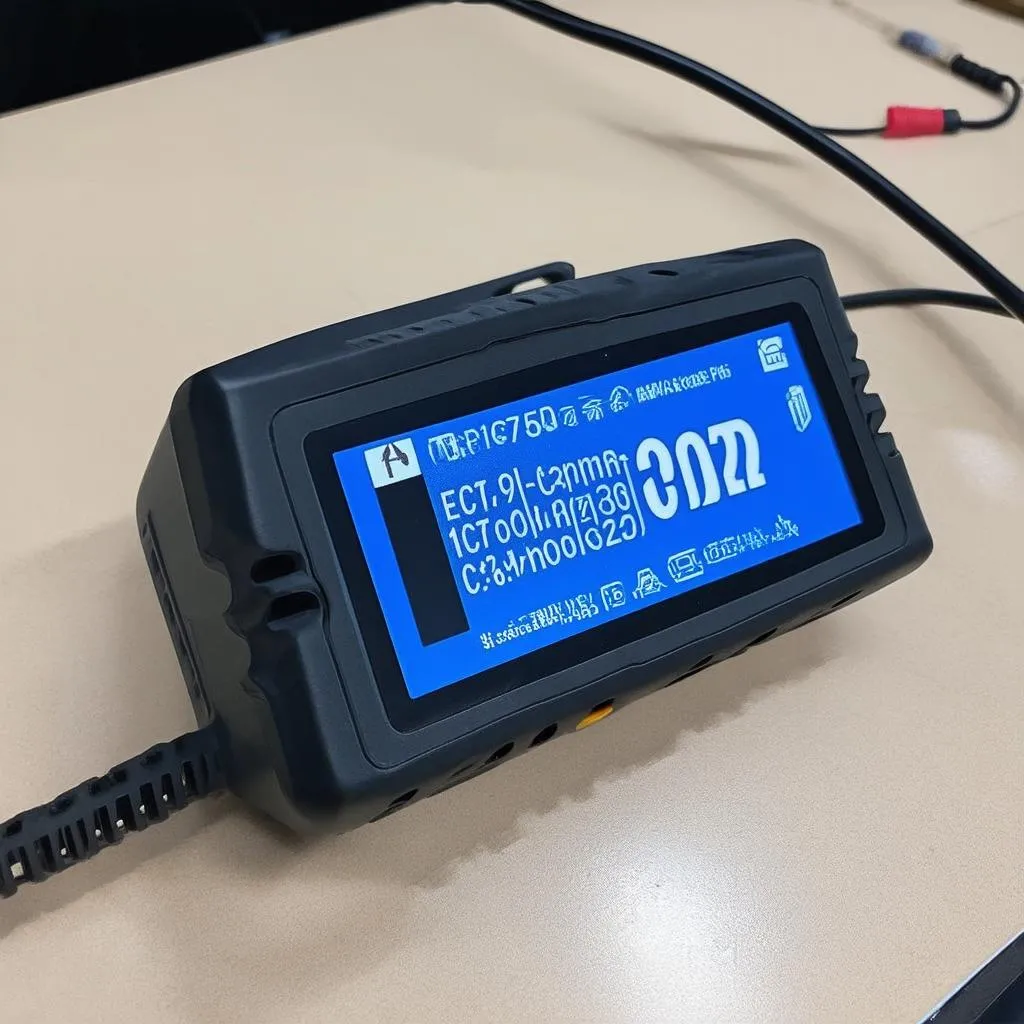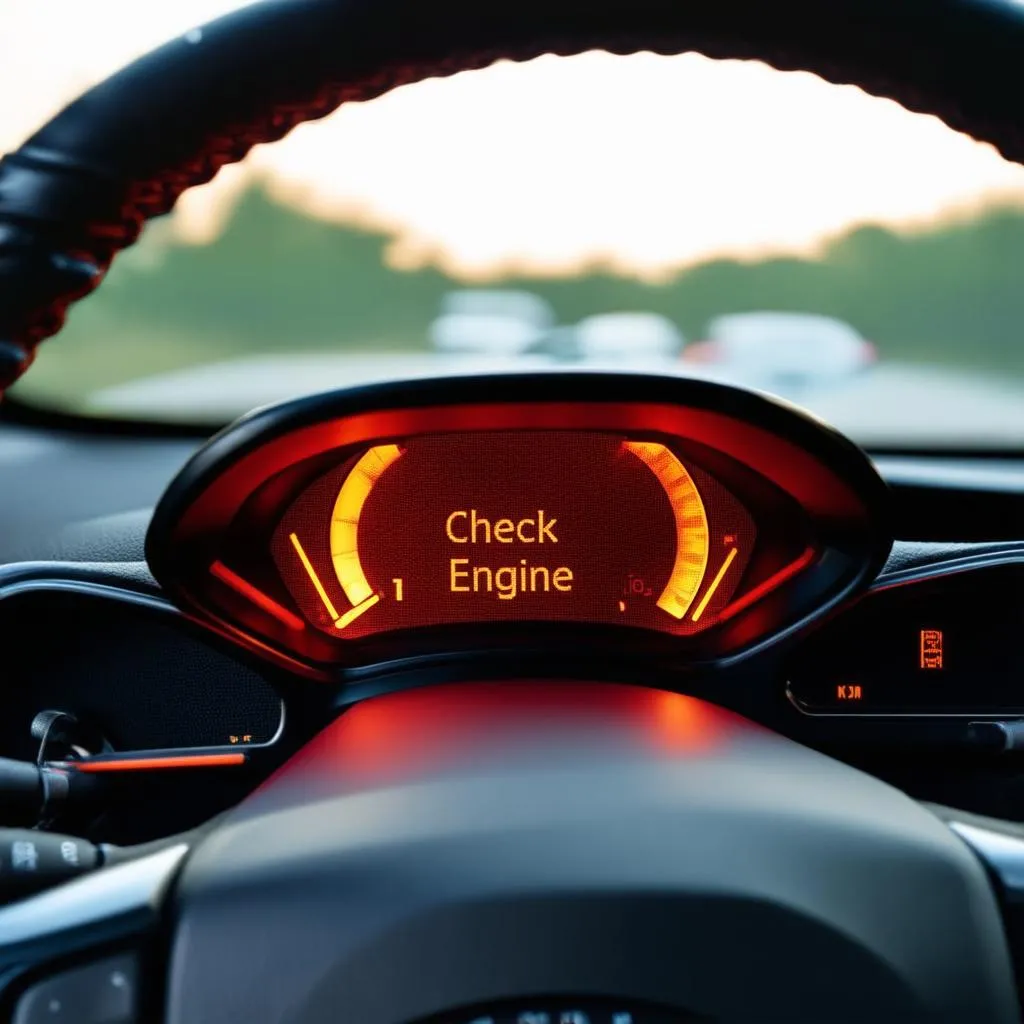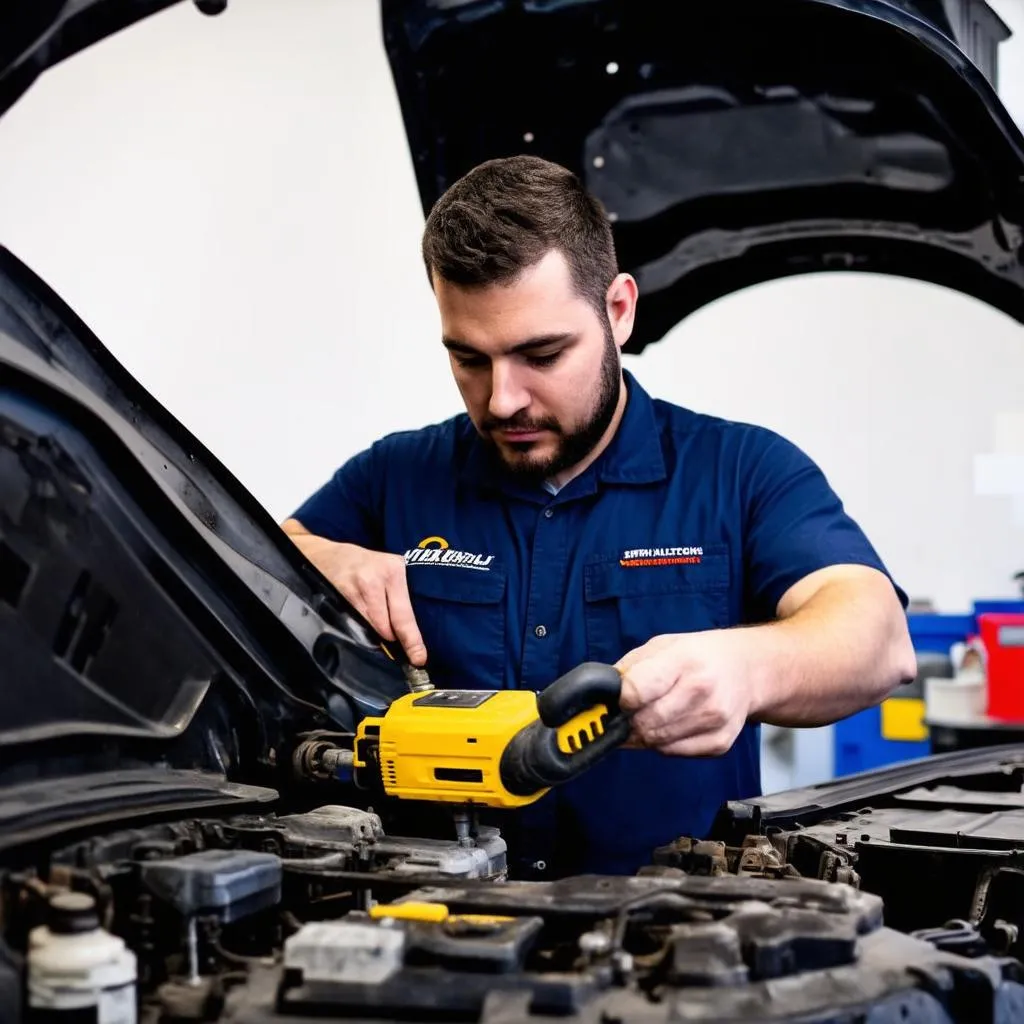Have you ever encountered a persistent “Check Engine” light on your dashboard, even after you’ve addressed the underlying issue? This is because your car’s On-Board Diagnostic (OBD) system has stored a permanent fault code, sometimes referred to as a “hard code” or a “freeze frame code.” While a “Check Engine” light can be annoying, it’s essential to understand its purpose – it’s a crucial signal from your vehicle, informing you of potential problems that could escalate if left unchecked.
Understanding Permanent OBD Codes
Permanent OBD codes are like a car’s memory of past malfunctions. They are often associated with serious issues that can impact your car’s performance, fuel efficiency, and emissions. Unlike temporary codes, which are automatically cleared after a few driving cycles, permanent codes remain stored even after the problem has been rectified.
Here’s a breakdown of why permanent codes are crucial:
- Safety and Performance: They serve as a reminder that a serious problem occurred, ensuring that you address it to prevent future issues and ensure optimal performance.
- Emissions Control: Permanent codes are particularly important for emissions control, as they indicate potential malfunctions that can lead to excessive emissions.
- Diagnosis and Repair: They offer valuable information for mechanics, enabling them to identify and diagnose the root cause of the problem efficiently.
Erasing Permanent OBD Codes: The Process and Considerations
Erasing permanent OBD codes can be done through a process called “code clearing” or “code resetting,” which typically involves using a professional-grade OBD2 scanner or a dealership-level diagnostic tool. Here’s a step-by-step guide:
- Identify the Problem: Before attempting to clear any codes, it’s essential to address the underlying issue that triggered the permanent code. Ignoring the problem will only lead to it resurfacing.
- Connect the Scanner: Connect the scanner to your car’s OBD2 port (usually located under the dashboard).
- Access Diagnostic Data: Navigate the scanner’s menu and select “Read Codes.” The scanner will display a list of active and stored codes.
- Clear the Code: Choose the “Clear Codes” option and confirm your action.
- Confirmation: Once the codes have been cleared, the scanner will usually display a confirmation message.
- Test Drive: Drive your vehicle for a few miles to ensure that the problem has been resolved.
Important Considerations
- Clear Codes with Caution: It is not recommended to clear permanent codes without addressing the underlying issue, as this can mask serious problems.
- Professional Assistance: If you’re unsure about clearing codes or the cause of the problem, seek help from a qualified mechanic.
- Consult the Owner’s Manual: Always refer to your car’s owner’s manual for specific instructions on accessing and clearing OBD codes.
Frequently Asked Questions
1. Can I clear permanent OBD codes myself?
You can clear OBD codes yourself using a compatible scanner, but it’s essential to ensure you address the underlying problem first.
2. What happens if I don’t clear the permanent OBD code?
The “Check Engine” light will remain illuminated, indicating a potential issue. However, it’s important to remember that simply clearing the code won’t address the root problem.
3. Can I erase permanent OBD codes using a basic OBD2 scanner?
Basic OBD2 scanners are designed for retrieving and displaying codes. They typically lack the functionality to clear permanent codes, especially in modern vehicles.
4. How often should I clear permanent OBD codes?
It’s not recommended to clear permanent OBD codes unless the underlying problem has been rectified.
5. How can I prevent permanent OBD codes from appearing?
Routine maintenance and regular inspections can help prevent the development of permanent codes.
Exploring Further
For more information on specific topics, check out these related articles:
- How to erase VIN number on OBD
- E36 OBD-1: Erase Engine Light
- Does Driving 200 Miles Recycle the OBD System?
Expert Insights
“Clearing permanent codes without addressing the root issue is like applying a bandage without treating the wound,” states renowned automotive expert, Dr. Michael Johnson, in his groundbreaking book, The Complete Guide to OBD Diagnosis and Repair.
A Spiritual Perspective
From a spiritual perspective, the “Check Engine” light can be viewed as a signal from the universe, prompting us to address imbalances in our lives. Just as a car needs regular maintenance, we also need to tend to our physical, emotional, and spiritual wellbeing.
Take Action
If you’re experiencing persistent “Check Engine” light issues or have questions about clearing OBD codes, don’t hesitate to contact our team of experts at Whatsapp: +84767531508. We offer comprehensive support, diagnostics, and repairs for a wide range of vehicles.
 OBD Scanner
OBD Scanner
 Check Engine Light
Check Engine Light
 Automotive Technician
Automotive Technician